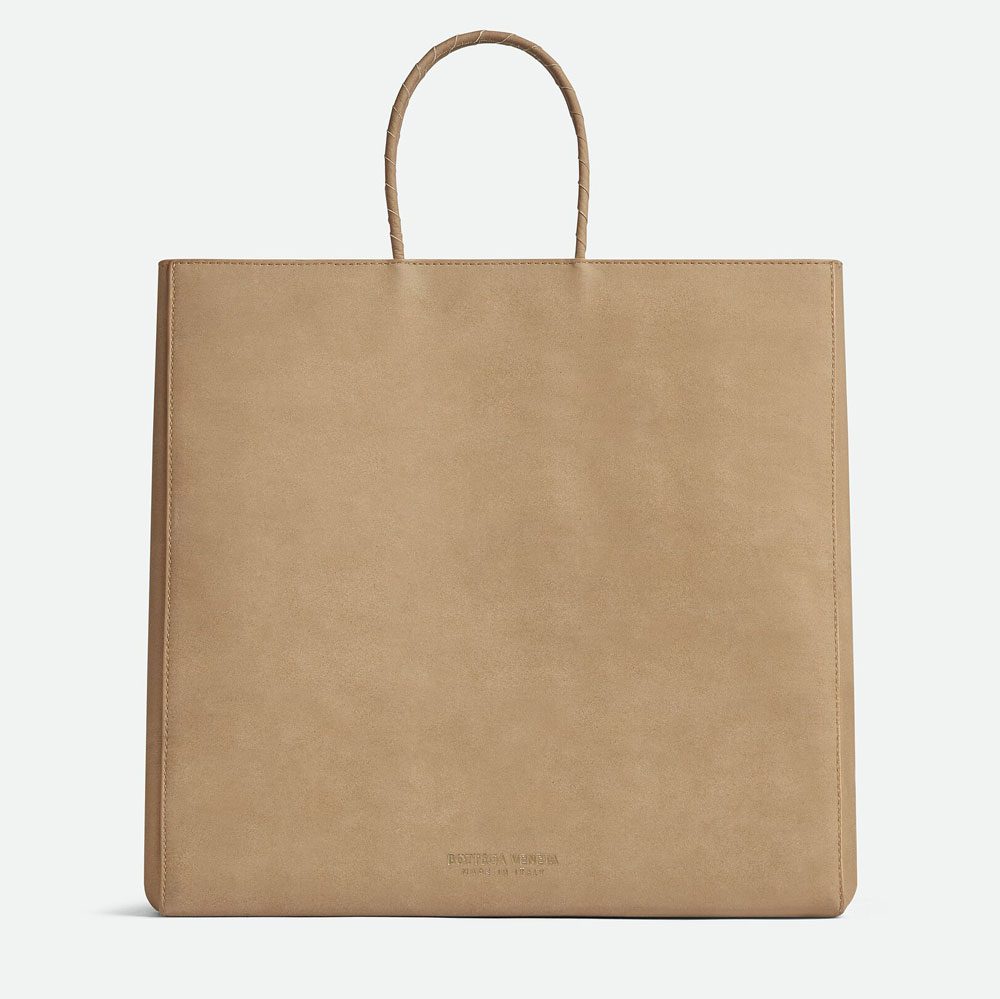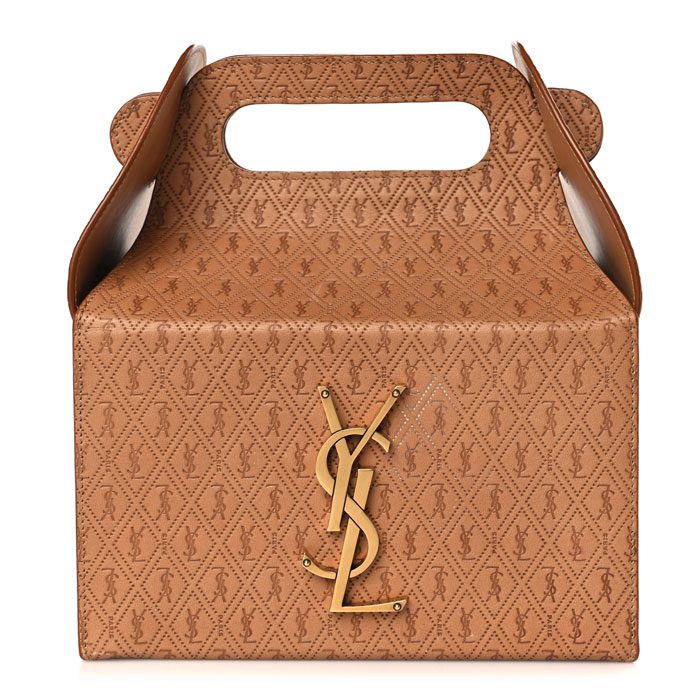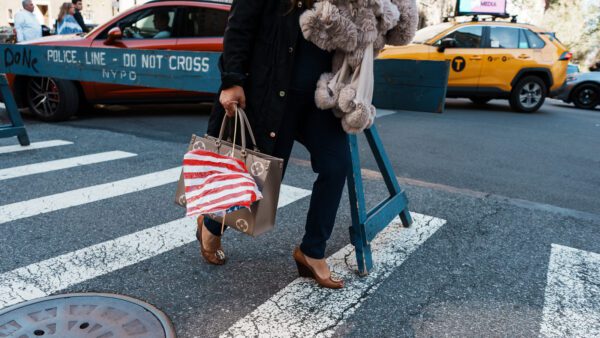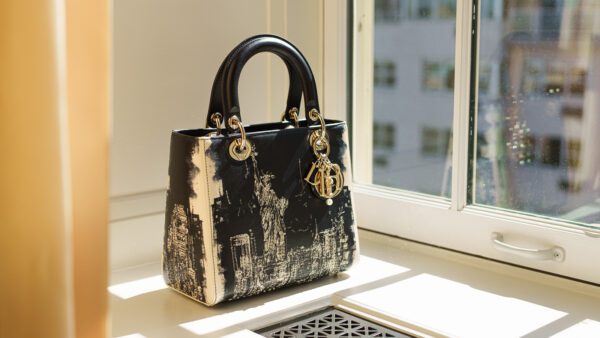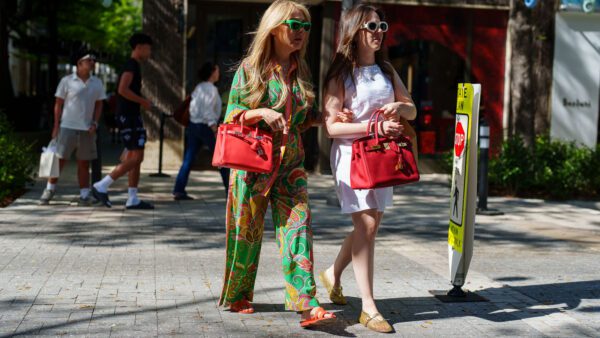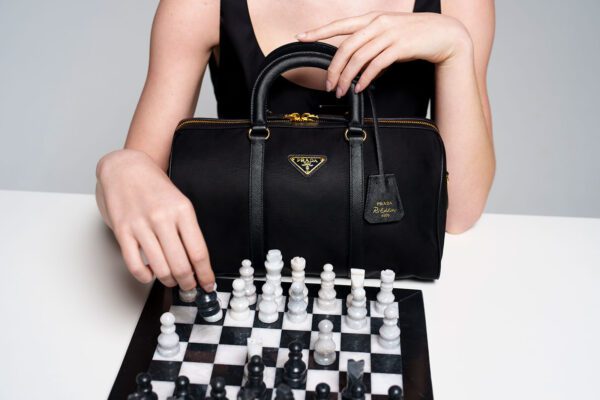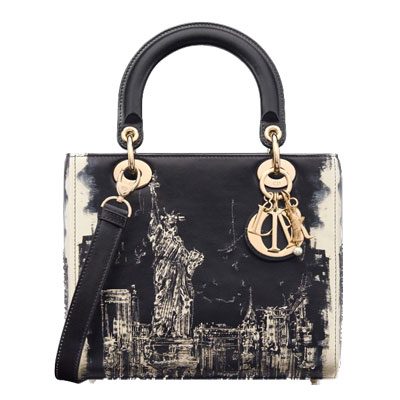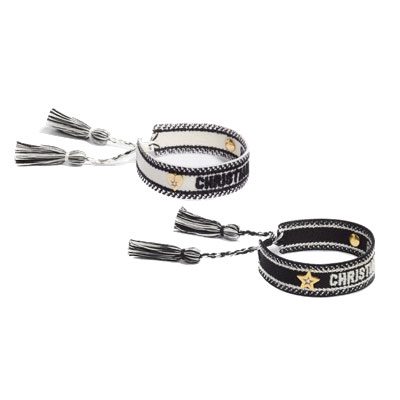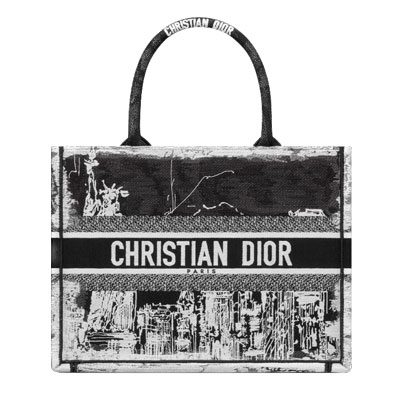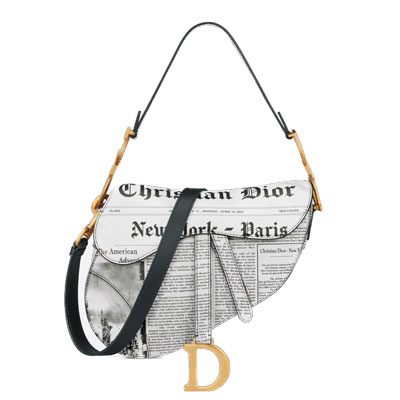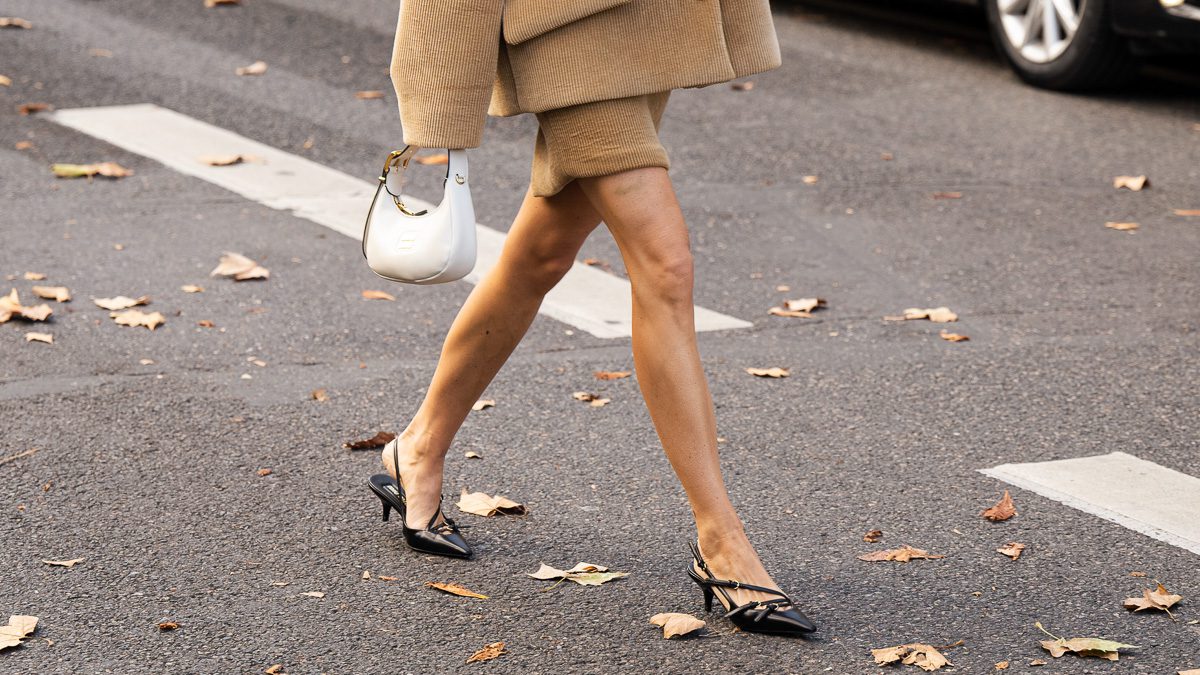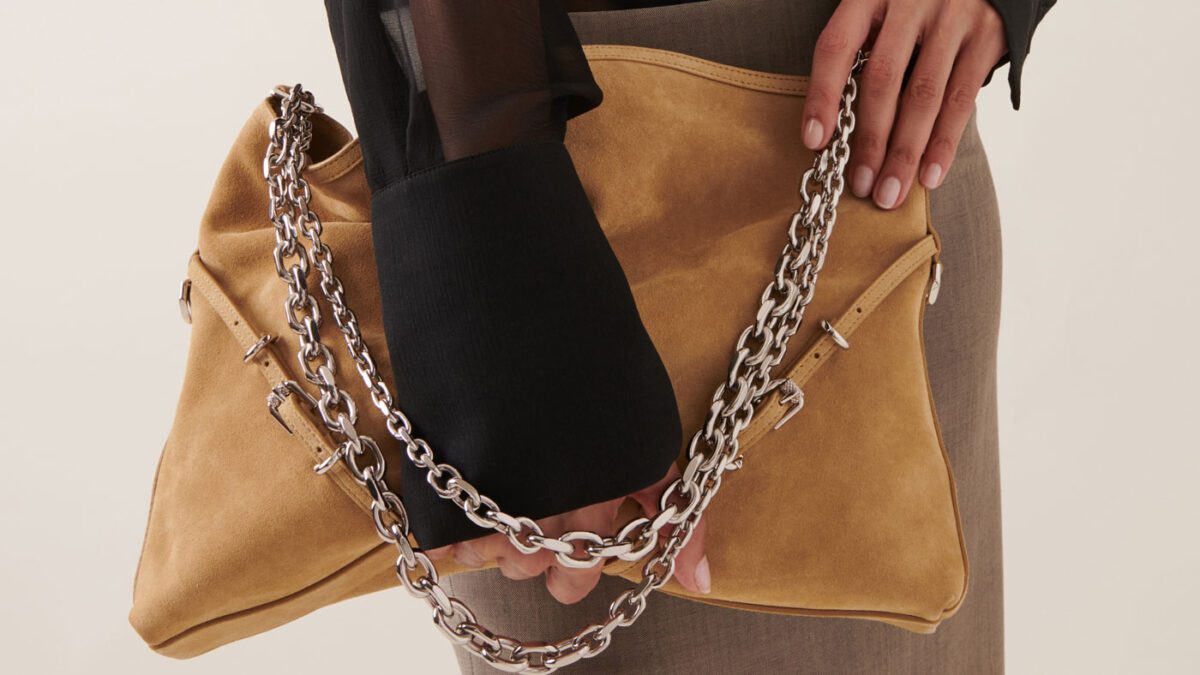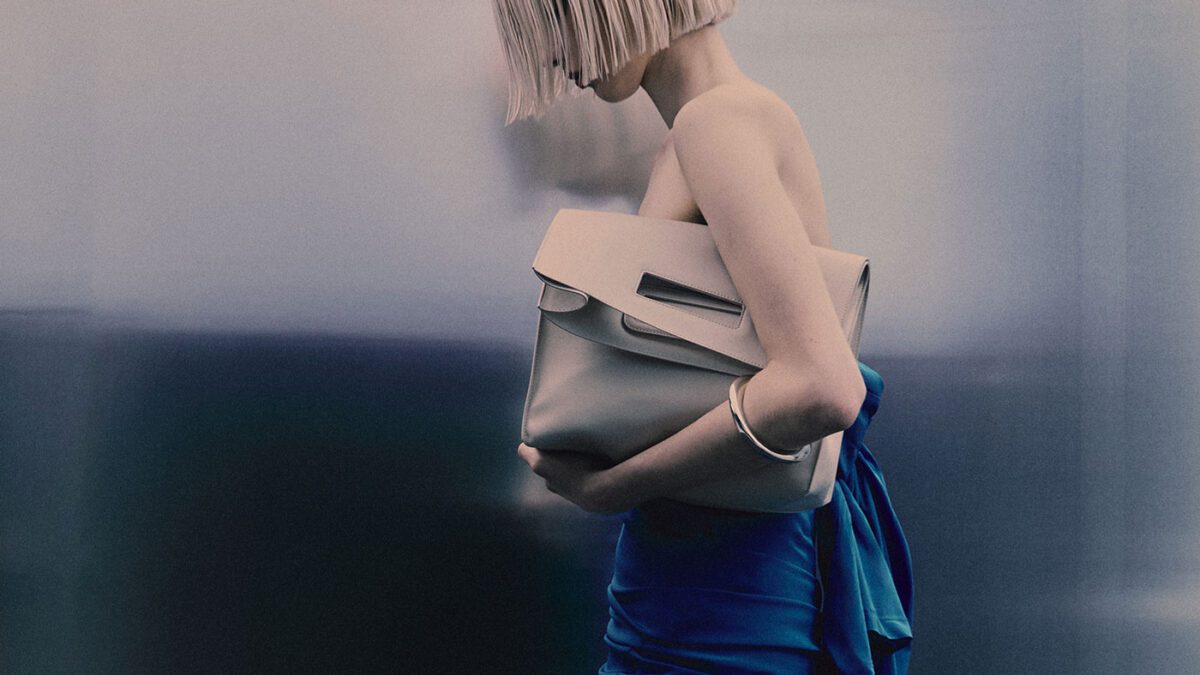Quick question: When are you too famous to shop at a grocery store?
For the likes of a certain Miss Kim Kardashian, as Amy Odell notes in her Substack, Back Row, running errands may require renting out an entire outlet of Ralphs, as she reportedly admitted to doing once in an Ellen DeGeneres episode.
Alternatively, you could have a heritage house dedicate the entirety of its Fall 2024 collection to the seemingly inconsequential undertaking of a grocery run, as witnessed last year in the collaborative (and somewhat experimental) project between LA-based purveyor of high-end organic produce, Erewhon, and Balenciaga.
Something that Miss Kardashian, present in the scene clad in an exceptionally bodega-appropriate outfit and with a paper Erewhon bag in tow, is also guilty of. Clearly, the key takeaway (see what I did there?) from the whole exercise is that the effortlessly chic supermarket bag is totally the next big thing in fashion (and obviously not the “green juice and yoga” of it all).
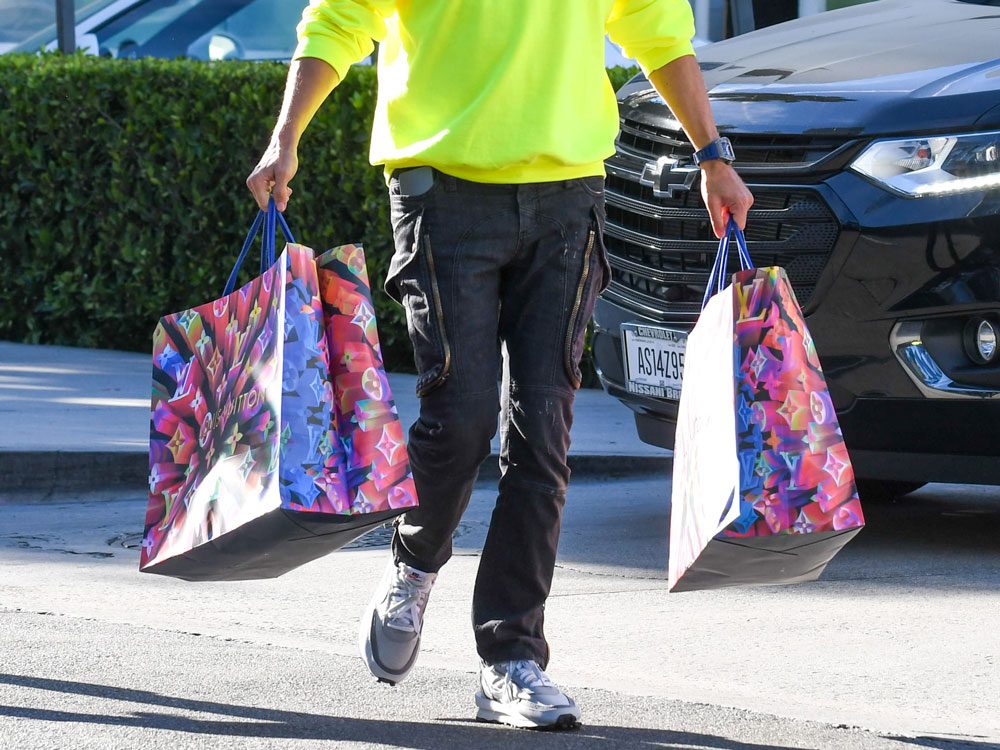
And hence, as the quasi-millennial Gen-Zer that I am, it pleases me that my veritable stockpile of treasured shopping bags may finally get some well-deserved airtime now!
A Souvenir of Simpler Times
In all seriousness, though, paper carrier bags are having something of a resurgence, which is odd given how we reside in an era of disturbingly disintermediated impulse-buying, seamless card-swiping, overnight express delivery, and live unboxing.
Rather, the physical act of purchasing, whether from department stores or one of many commercial behemoth shopping malls that once dominated the suburban American landscape, has become a largely antiquated practice, replaced by sterile interfaces that make mindless stuff-getting even less spiritually nourishing.
But that’s not to say we’re buying any less these days.
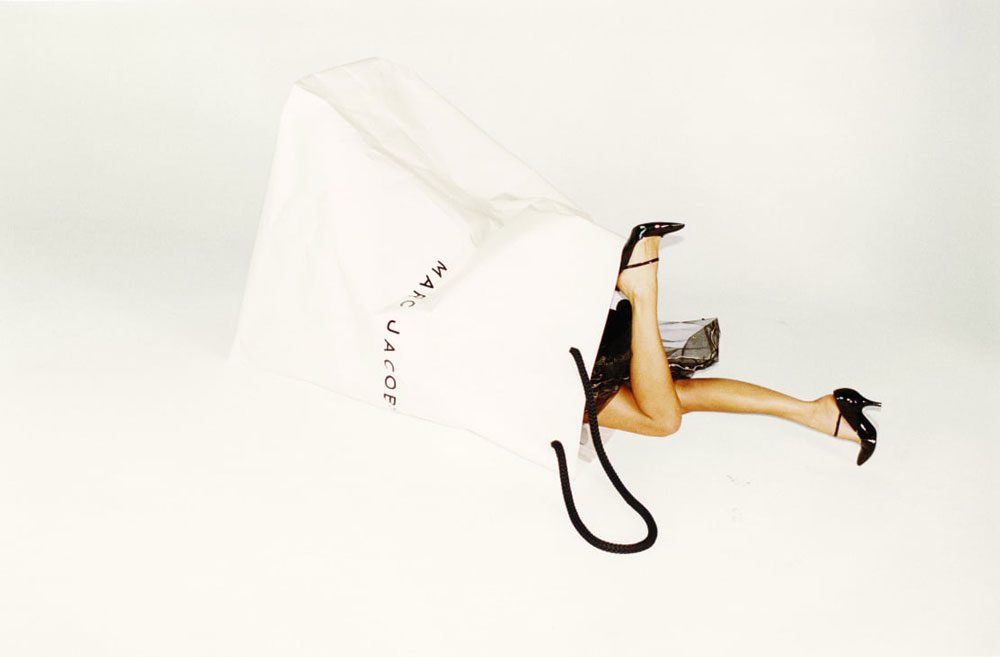
If anything, we’re spending more than ever on things we don’t need – or watching people do so on TikTok – hoping that, as consumer behavior researcher Lisa McNeill adds, we “get a sense of increased closeness to a certain type of idealized self, through the ownership of goods.” The end result, unsurprisingly, is far from ideal.
And this is where the shopping bags of the past – the pallbearers of purposeful purchasing – enter the scene.
Bagging the Newest Generations
To be fair, shopping bags have always held their cool within the cultural lexicon, even if the shopping process itself hasn’t.
As the New York Times writes, Japanese teens have long foregone traditional purses in favor of shopping totes from Prada, Chanel, Louis Vuitton, and more, schlepping away their lunch pails and subway flats since way back in the 80s.
Others opt for a slightly complicated double-bagging arrangement – essentials in a smaller designer bag, all else in a designer paper tote, each a signal of their style and social standing. Some have even classified the different brands into hierarchies: the best reserved only for special occasions, some for gifting, and others more disposable.
And though usually obtainable for free with any purchase, these bags have their own corner of the resale market, with prices on eBay for a basic Chanel or Tiffany’s tote ranging anywhere between $10 – $50; more limited-edition pieces (such as Dior’s Toile de Jouy or the Loewe Ghibli Studio prints) going well into the double digits.
Some have gone on to become so popular, in fact, that they have their own version of counterfeits, while the presence of a bag and/or boxes can often greatly increase the value of secondhand products, especially to bargain-hunting Gen-Zers.
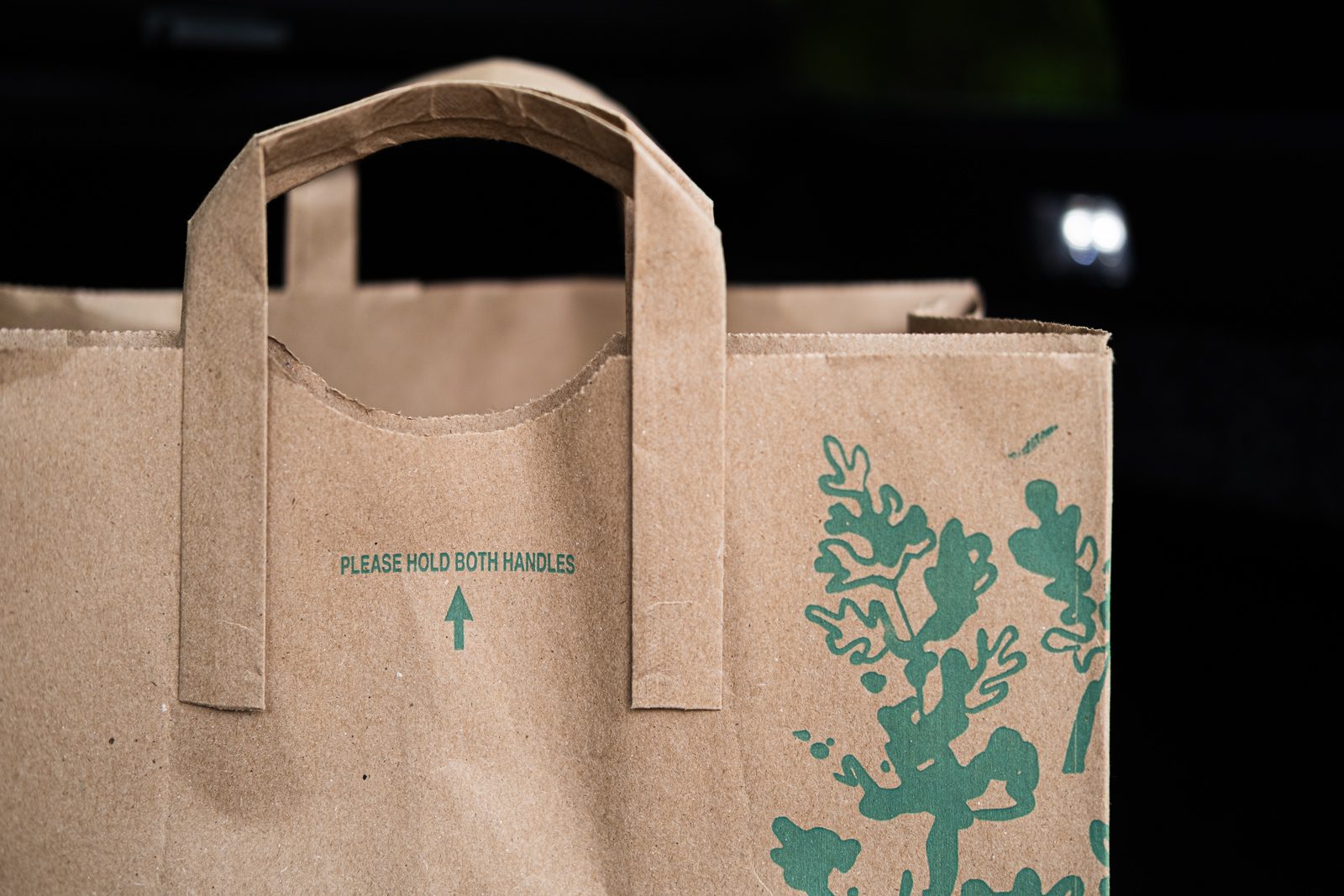
More recently, residents under lockdown in China took to displaying their COVID-19 self-test kits in branded paper bags as a show of status. Enterprising individuals on TikTok have eschewed the sustainability aspect of it all to laminate paper bags in plastic, attach leather trimmings, and sell them for a profit!
The Unlikely Icon of 90s Opulence
But at its core, the branded shopping bag represents a purchase made with purpose.
They hark back to times when the sheer number of potential purchases didn’t induce commitment phobia and fatigue among buyers. Specifically, that period of unbound optimism and shopping frenzy in the 90s that this archival Vogue piece encapsulates.
In today’s climate, it serves as social media fodder and content backdrop – symbolizing a credible, firsthand connection with the luxury world, even when there isn’t. But in the past, it read, as Liana Satenstein quips, “I came, I saw, I shopped,” a high very few brand-buyers can still relate to anymore.
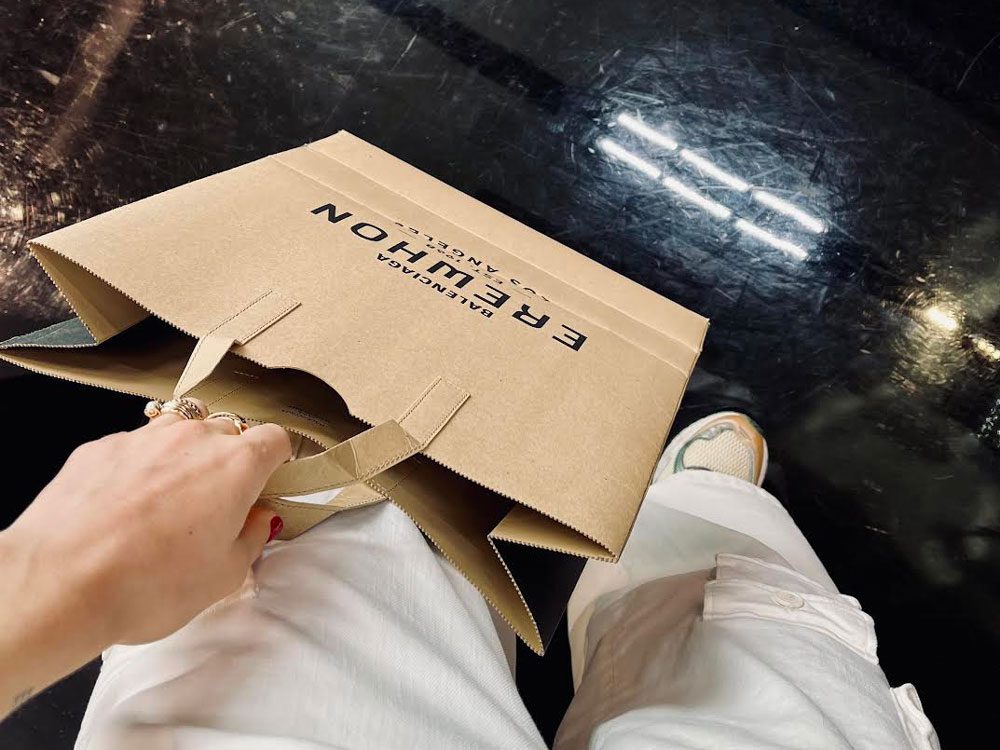
And perhaps that’s why the most recent trajectory among heritage houses has been to try and recapture some of that nostalgia, be it in the form of Balenciaga’s paper shopping bags or their four-figure bovine leather counterparts that Demna’s peers over at Saint Laurent, Louis Vuitton and Bottega Veneta have devised, in flashy photos featuring A-listers such as A$AP Rocky – celebs, they’re just like us, right?
But whether or not this trend towards “errand-core” sustains, it remains to be seen whether buyers actually purchase the designers’ ironic, thousand-dollar versions of the paper tote or we continue to fish the originals out from the depths of our closets, the thrill of the hunt still hanging fresh off of them decades later.
And at the end of the day, a branded shopping tote, with the big-name logo emblazoned right across, gets the job done better than anything that designer houses might have to expend considerable time and effort producing.
It’s simply efficient marketing, that’s all.

